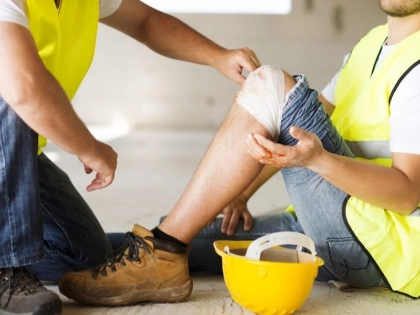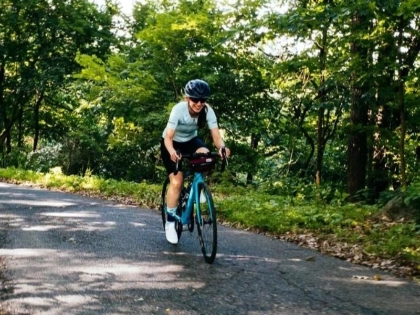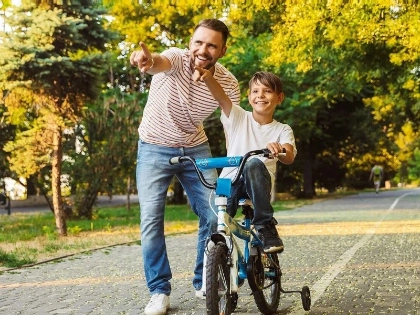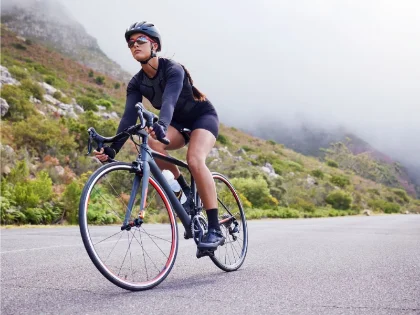What Do You Learn From Cycling?
A great low-impact workout that works the whole body and can be customized for any level of fitness is cycling. Lean muscle burns more calories than fat; thus, it builds muscle and improves the legs and glutes.
It's social, too. People who ride together have a lower risk of cancer, heart disease, and type 2 diabetes, according to a 2019 study.
The Expedition
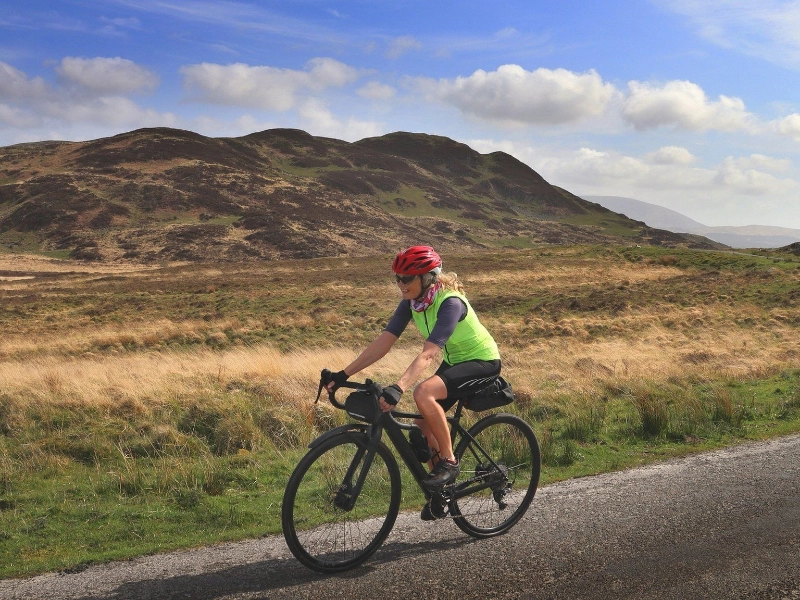
A thrilling accomplishment is learning how to ride a bike. It calls for persistence and practice. After using a tricycle, children can go to training wheels and then a full-sized bicycle.
Cycling is a fantastic low-impact activity that works your legs and other key muscle groups really well. It also aids in strength development and maintaining a healthy weight. Additionally, endorphins—a class of neurotransmitters associated with elevated mood and sharper focus—are released during cycling.
Cycling is a cheap and green form of transportation. Riding a bike to work or the store is another simple way to incorporate it into your regular routine. By using a bike instead of a car for shorter excursions, you can also reduce your gasoline expenses. Furthermore, riding a bike is a great way to decompress.
Hindrances

It is imperative that you always keep your eyes forward when riding a bike. By doing this, you can keep your bike from veering and losing control. This is among the most frequent causes of bicycle mishaps.
Potholes, speed bumps, and uneven surfaces like cobblestones can easily knock cyclists off their bikes. This may be prevented, though, by keeping an eye out for any potential hazards on the road ahead and adjusting your speed to avoid them.
Unpredictable behavior from other drivers, including cars, is another challenge for bikers. Given how difficult it is for cars to read traffic signals and the direction of a bicyclist's movements, this might be dangerous. Little ones, with their narrower field of vision and smaller stature, might be especially erratic.
Failing
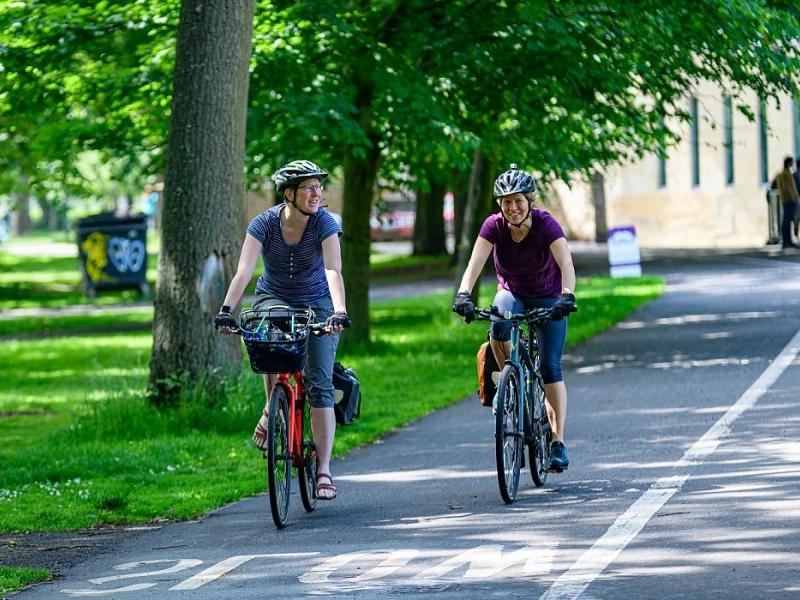
Riding a bicycle has numerous chances for failure. Even if you fall off the bike or even lose control, it's still vital to get back up and move on. When a cyclist is "doored" by an automobile, it is one of the most frequent cycling injuries. This can be prevented by drivers checking their rear-view mirrors before passing a bike and riders maintaining a safe distance from parked cars.
Furthermore, group riders may occasionally feel as though they are "dropped" because they are unable to keep up with the main group. Additionally, this is a wonderful chance to put consideration and kindness into practice. Being kind to others can make a big difference in their day and requires little time or effort.
Collaboration
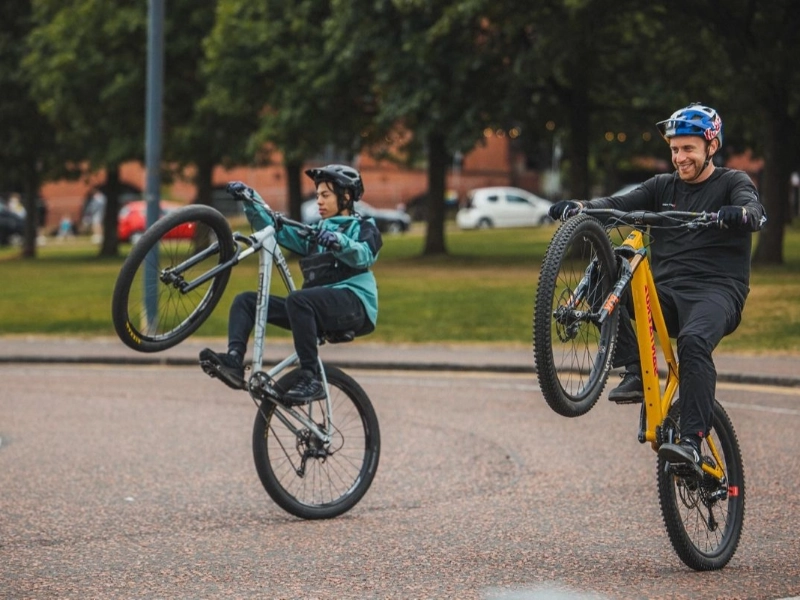
Cycling is not an individual sport, despite the impression that it might be—especially with the Tour de France on television. While each star rider will occasionally have their own limelight, the team as a whole collaborates to make sure their leader has the best possible outcome. This is particularly crucial for challenging climbs because cyclists will typically draft off one another in order to save energy.
This also applies nicely to our daily lives. By providing direction and encouragement, we can assist one another in reaching our goals. These small acts of kindness, which can be as simple as slowing down when driving, lending a neighbor a helping hand with heavy lifting, or just being mindful of fellow pedestrians and bikers, can go a long way toward assisting someone in need.
Dedicatedness

Whether you're riding your bike to work every day or just riding with your kids, commitment makes a big difference. It demonstrates your concern for both the individuals involved and your goals. Another lesson that commitment teaches is that you must persevere through setbacks.
According to the majority of definitions, commitment means devoting yourself to something. This may be something as big as joining a study group or getting married. It could also be something smaller like that.
A genuine smile on your face when you welcome your coworkers in the morning, as well as collaborative work, are indications of commitment. It's what keeps everyone pushing in the same direction and gives a group its strength.

